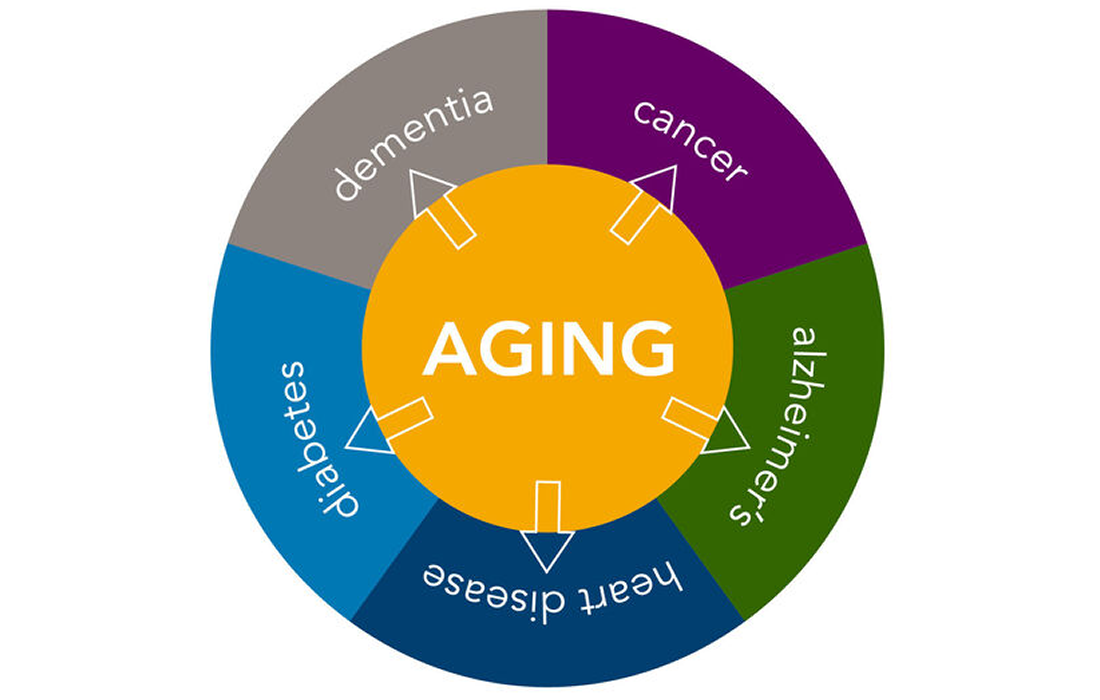Anti-Aging
Stem cells and Aging
Redox and metabolic mechanisms lie at the heart of stem cell survival and regenerative activity. NRF2 is a major transcriptional controller of cellular redox and metabolic homeostasis, which has also been implicated in ageing and lifespan regulation. However, NRF2’s role in stem cells and their functioning with age is only just emerging.
The importance of redox and metabolic states in regulating stem cell homeostasis has become increasingly clear in recent years. Stem cells, including pluripotent and adult stem cells, have been shown to possess unique redox and metabolic programs that control their survival and function.
These programs are essential to maintaining the balance between stem cell self-renewal, proliferation, and differentiation, which is fundamental to their regenerative capacity. Accordingly, it has been found that redox and metabolic genes are among the most enriched transcripts and proteins present in stem cells.
Nuclear factor (erythroid-derived 2)-like 2 (NRF2) is a common upstream regulator of redox and metabolic genes. NRF2 is a member of a family of basic leucine transcription factors that binds to Antioxidant Response Elements (AREs) in the promoter region of genes involved in redox regulation, proteostasis, DNA repair, prevention of apoptosis, iron and heme metabolism.
It is known that deviations in redox and metabolic processes can contribute to aging and age-associated pathologies. Reactive oxygen species (ROS), including superoxide, hydrogen peroxide, hydroxyl radical, and peroxynitrite levels rise with age, and oxidative and metabolic changes are recognized contributors to several disorders of aging, including neurodegenerative disorders.
NRF2 is a critical transcription factor that has been shown to regulate target genes involved in almost every facet of metabolism, ranging from maintaining the redox balance to ensuring proper protein quality control. Also, it has been shown to drive important aspects of embryonic, adult, and induced-pluripotent stem cell proliferation, differentiation, and function.
Studies indicate a key role for NRF2 in dictating the ability of human embryonic stem cells (hESCs) and induced pluripotent stem cells (iPSCs) to shift from a pluripotent to a more differentiated state.
Much like their more pluripotent counterparts, a number of adult stem cell (Halaschek-Wiener and Brooks-Wilson, 2007) types have also been shown to rely on the NRF2 pathway to maintain their ability to self-renew and differentiate. For instance, the ability of mesenchymal stem cells (MSCs) to undergo osteogenesis is inhibited by loss of NRF2, whereas overexpression increases MSC proliferation.
A number of studies have revealed an important role for NRF2 in dictating Neural Stem cells (NSC) viability and function during stress-induced neurogenesis.
Mice models have been shown to have impaired hippocampal neurogenesis following ischemic injury, with overexpression or pharmacological activation of NRF2 using dithiocarbamate enhancing NSC proliferation and differentiation in vitro.
These studies clearly indicate that NRF2 is critical in maintaining the neurogenic capacity of NSCs, particularly in the presence of increased oxidative stress. Furthermore, loss of neurogenesis, whether it be a result of age or injury, mainly results from decreased survival or proliferative capacity of the different NSC populations, with activation of the NRF2 pathway clearly playing a protective role.
Slowing of aging via genetic, dietary, or pharmacological interventions results in the upregulation of NRF2 targets and other detoxification genes in multiple rodent models (Swindell, 2007; Leiser and Miller, 2010).
Despite its ability to promote longevity, NRF2 is ironically suppressed during aging—a time when the organisms might most need its function. Such NRF2 reduction correlates with decreased expression of its target genes, lower intracellular glutathione, and increased generation of oxidation products.
Disruptions in NRF2 signaling have also been reported in sedentary older humans. Specifically, in skeletal muscle, age-associated reductions in NRF2 target gene expression is accompanied by increased hydrogen peroxide and 4-hydroxynonenal (4-HNE) production, glutathione depletion, and oxidant damage.
The neurogenic capacity of NSCs, as well as NRF2 activity as a whole, have both been shown to decrease significantly with age. Aging, along with environmental exposures and genetic mutations, continues to represent one of the biggest risk factors for a host of diseases, including neurodegenerative and other neurological disorders.
Its role in age-related disorders has been shown. One example is the ability to pharmacologically activate NRF2 that was shown to be suppressed in iPSC-derived NSCs from Huntington’s disease patients as compared to normal subject controls.
In the context of Parkinson’s disease, a study by L’Episcopo et al. (2013) revealed that there is an imbalance of the NRF2 target gene, HO-1, starting in middle age.
There is increasing evidence for a central role of the NRF2-transcription factor in controlling redox and metabolic pathways in stem cells. Evidence in several model systems, and across different tissue types, suggest that NRF2 is fundamentally involved in the delicate endeavor of maintaining lifelong stem cell homeostasis.
Delineating the precise role of NFR2 will not only reveal fundamental aspects of stem cell biology, but also support the development of innovative strategies to advantageously modulate their function during aging and disease.
Source: Matthew Dodson, et al. An NRF1 Perspective on Stem Cells and Ageing. Front, Aging, 15 June 2021.
Source link: https://www.frontiersin.org/articles/10.3389/fragi.2021.690686/full

